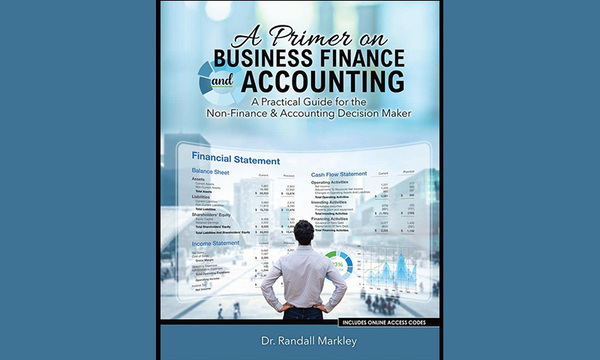There is a lot of excitement nowadays about businesses that have multiple “bottom lines.” Whether one calls it "Social Entrepreneurship" (SE) or "Business as Mission" (BAM), the idea that businesses can be financially successful while also addressing social problems (and spiritual needs, in the case of BAM) is a popular one. But is it true? What evidence do we have that confirms that it’s possible for a business to consistently and simultaneously achieve such diverse goals?
Do Economic Incentives Help or Hinder "Business as Mission" Practitioners?

Most evidence to date is anecdotal, or in the form of case studies. Having written a few case studies myself, I know they can be interesting and helpful. But cases are idiosyncratic, often difficult to replicate, and not well suited for identifying generalizable best practices. Some scholars complain that many cases tend toward promoting “hero worship” rather than critical reflection.
In an effort to approach this question more dispassionately, I recently conducted an anonymous survey of 119 “Business as Mission” practitioners from around the world. Among other factors, the survey looked specifically at the source of their salary (does it come from the revenues of the business or from donors?) and the outcomes of the business in terms of the four “bottom lines” of economic, social, environmental and spiritual impact. The reason one’s source of salary is interesting is because many people in the ministry/missions world believe that donor support helps ensure that practitioners stay focused on the ministry goals.
This study essentially found the exact opposite. It found that practitioners who are fully supported by the business tend to out-perform – sometimes significantly – donor-supported BAM practitioners, and are no less fruitful in terms of spiritual impact. This finding holds up even after controlling for things like geography, firm size, and firm type.
For those who would like to learn more, the findings were presented at the that was held in April 2013 in Chiang Mai, Thailand. The 23 ½ minute presentation was videotaped, and is embedded below. The powerpoint slides used in that presentation are . In addition, the has agreed to publish the study in January 2014 under the title “Does Donor Support Help or Hinder BAM Practitioners: An Empirical Assessment.” The paper can be downloaded in early January for free after you create a user account.
The moral of the story is that economic incentives matter. Contrary to the mission community’s concern that self-support will take one’s attention away from the ministry goals, the truth is that only by creating a successful business can a practitioner hope to have a meaningful and holistic impact on a community.
Share:
Categories:
More Posts
The Taylor Swift Effect: More Lessons for Entrepreneurs
It’s more than a pop phenomenon. It’s business genius.
The Taylor Swift Effect: Lessons for Entrepreneurs
It’s more than a pop phenomenon. It’s business genius.
Randy Markley Says Accounting is For Everyone
Markley’s new textbook takes accounting back to basics
Does God Care About Your Wallet? Shane Enete Says Yes
Enete’s new book, “Whole Heart Finances,” aims to help both our stewardship and attitudes about money
 şÚÝ®ĘÓƵ
şÚÝ®ĘÓƵ
.jpg)
.jpg)

